Solved: The Mystery of an Ancient Maya Massacre
Clues about the victims’ diet cracked the case.
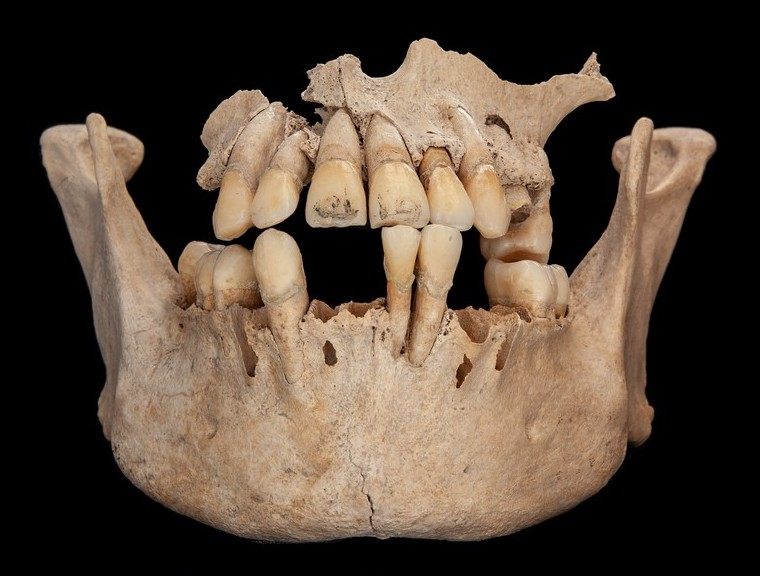
The bodies were at the bottom of a well: 20 people, their hands, feet, and limbs removed, their skeletons cured in layers of clay and limestone. All but two of the victims, an adult man and an 18-month-old child, had been decapitated.* Their bones bore knife marks from the butchery, and burn marks from where they had been scorched to facilitate the removal of muscle and skin. “The person who was carrying this out wanted to destroy the physical entities of the victims as clearly as possible,” says Nicolaus Seefeld, a pre-Hispanic Mesoamerican archaeologist at the University of Bonn.
Seefeld was part of the team that found these remains in 2013, in the pre-Columbian city of Uxul, in the lowlands of what is now Mexico. The grave wasn’t the scene of a contemporary murder. Instead, it was the millenia-old remnant of a brutal conflict between sparring factions during the Maya period. Thanks to their limestone grave, the remains were astonishingly well preserved. “The bones looked like they’d be 100 years old,” says Seefeld. “But even better: They’re 1,400 years old.”
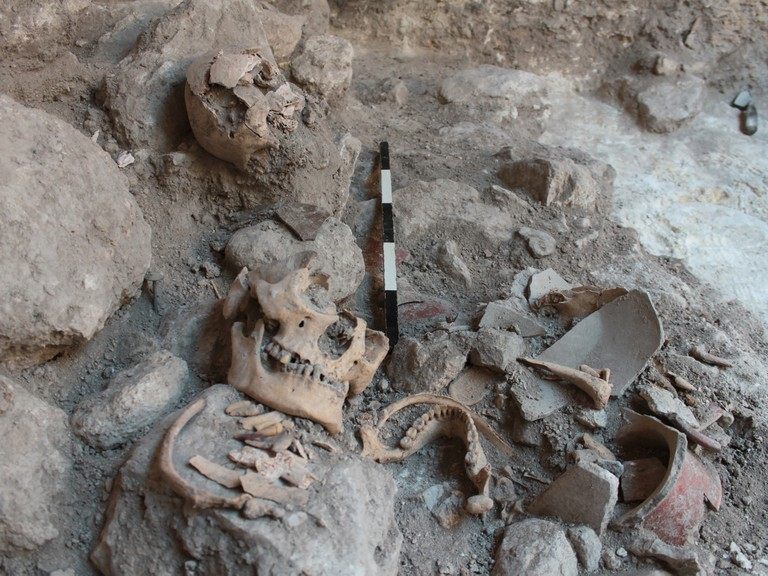
Despite the suggestive scorches, there were no teeth marks or other evidence of cannibalism, which some Mesoamerican indigenous groups likely practiced. Instead, the precision of the dismemberment suggested ritual murder. But scientists were stumped on a key detail: Who were these people, and why had the residents of Uxul so elaborately and violently executed them?
To find out, they turned to culinary detective work. Using an isotopic analysis of the victims’ teeth enamel, researchers discovered that the victims had grown up at least 95 miles from Uxul. This suggests they were prisoners of war in one of the many skirmishes between Uxul and neighboring city-states.
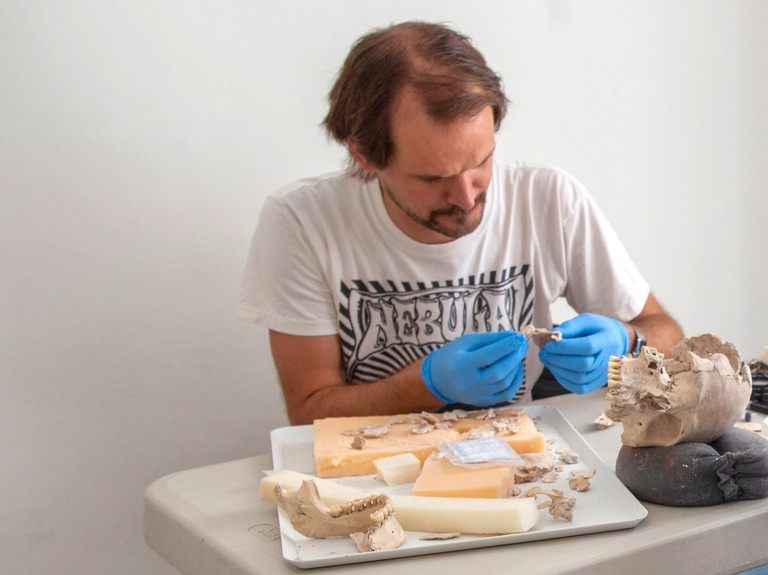
Isotopic analysis is a powerful method of tracing the origins of human remains. We all grow up in unique geological landscapes, which have a kind of indelible chemical terroir that enters our drinking water, food supply, and, ultimately, us. These elements end up in our teeth enamel. Since teeth develop in early childhood and their composition doesn’t change during adulthood, researchers can test them to discover where a person is from. By comparing the concentration of strontium isotopes in teeth with that in surrounding environments, researchers can discern the diet, and thus the origins, of deceased humans.
In the past couple decades, isotopic analysis has enabled scientists to solve lingering archaeological mysteries and address current humanitarian crises. They’ve used dietary information to study the remains of people who starved during the Irish Potato Famine, and to test ancient Native American remains, allowing their descendents to claim traditional burial grounds. They’ve also used the method to identify contemporary migrants who died crossing the U.S.-Mexico border, hoping to unite families with their lost loved ones’ remains.
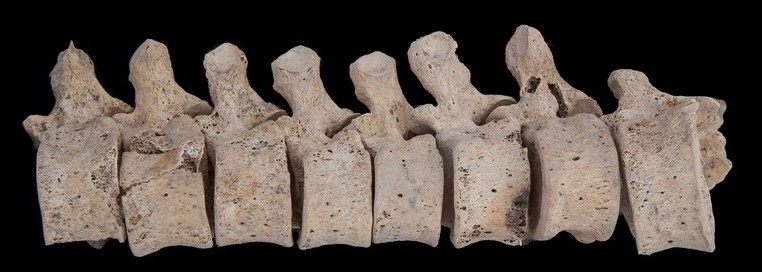
The murdered people found in Uxul likely ate primarily corn and beans, pan-American indigneous staples that bore the elemental signatures of geographic formations about 95 miles from Uxul. Inspecting the victims’ teeth also revealed unique designs, still visible after millenia: elaborate jade insets and precise, intricate etchings, traced on the incisors and filled with black ink.
The combination of dietary evidence, mode of murder, and adornment suggests the murdered people were likely elites from a neighboring city, captured and brought to Uxul. “The Maya region, it’s not an empire—there was no central political power,” says Seefeld. Instead, Seefeld compares the region to ancient Greece, where neighboring city-states had competitive and often belligerent relationships. Defeats led to public performances of extreme, ritualized violence against captives. Some of this violence is represented in Mayan codices, folding books written on tree bark by Mayan scribes before European contact, some of which contain images of people being flayed and disemboweled.

Seefeld and his collaborators’ work highlights an eerie aspect of such rituals: that in Uxul, like in most global civilizations of the time, cultural and social sophistication existed alongside haunting violence. “It’s a very pedantic process almost,” Seefeld says of the murders. “You’re trying to destroy the human body as completely as possible.”
*Correction: A previous version of this article stated that all but one of the victims had been decapitated. In fact, two victims were not decapitated.
Gastro Obscura covers the world’s most wondrous food and drink.
Sign up for our regular newsletter.





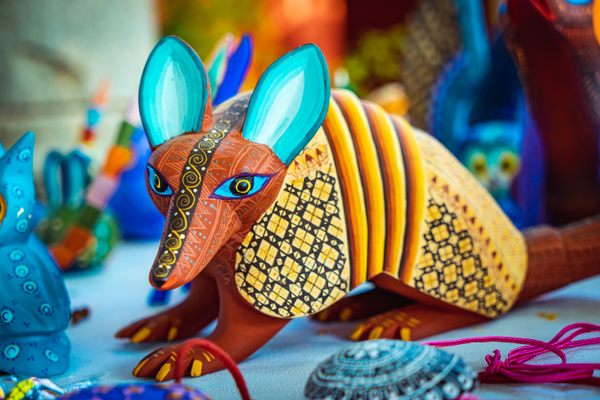
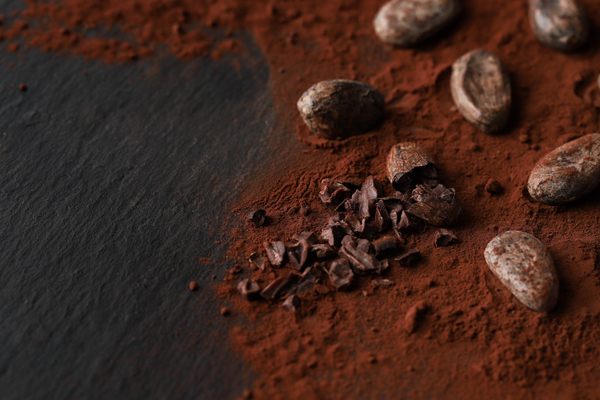
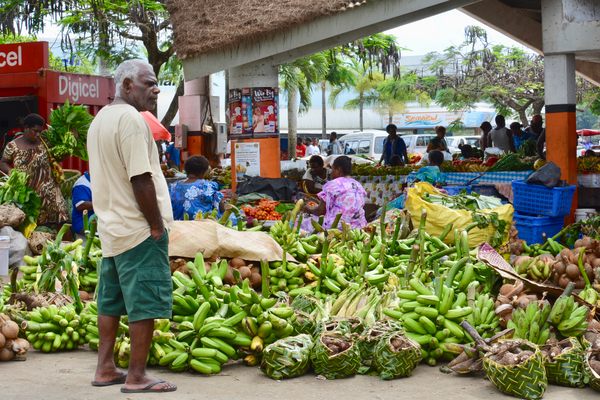
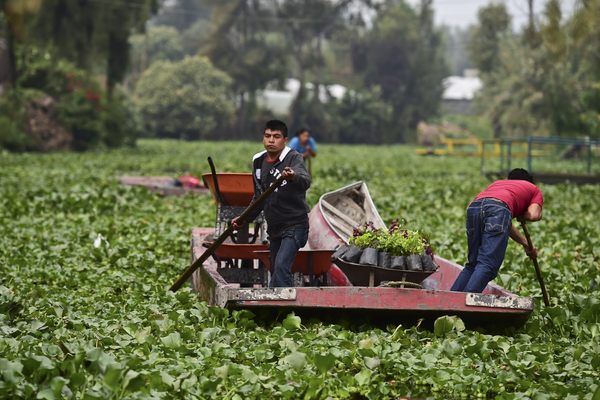
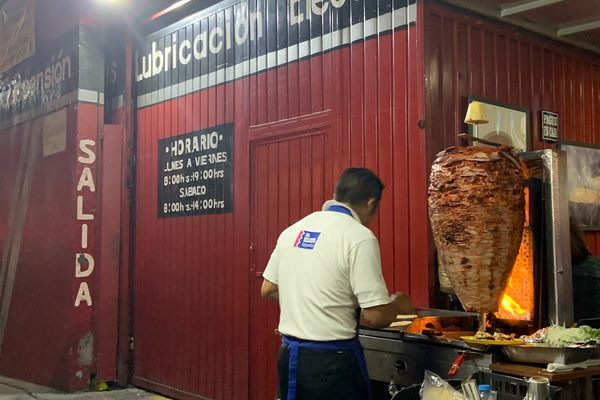















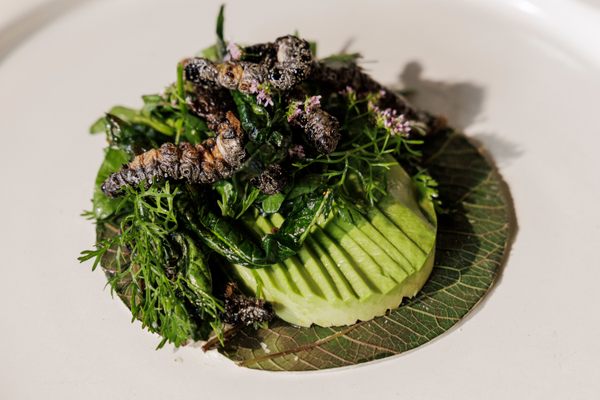
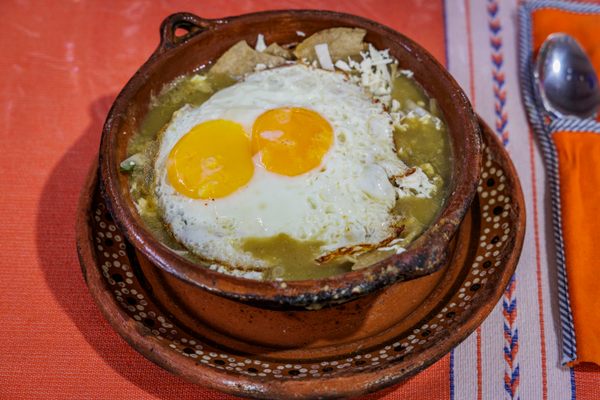





Follow us on Twitter to get the latest on the world's hidden wonders.
Like us on Facebook to get the latest on the world's hidden wonders.
Follow us on Twitter Like us on Facebook